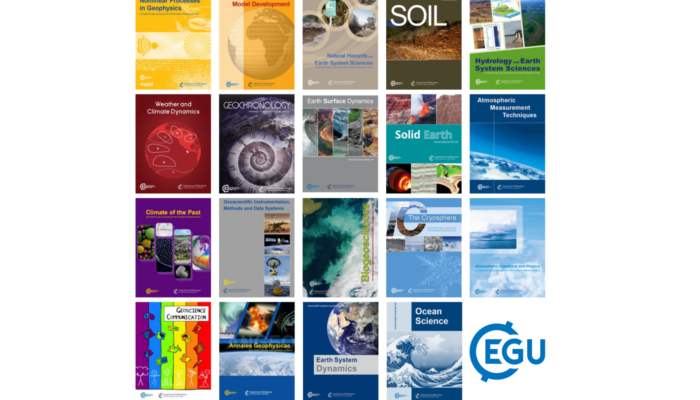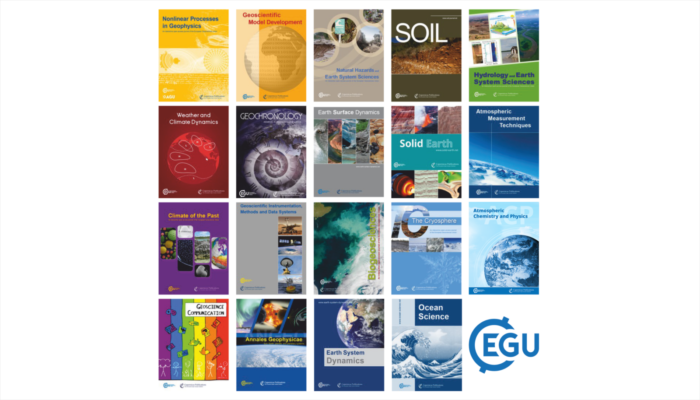Each month we feature specific Divisions of EGU and during the monthly GeoRoundup we will be putting the journals that publish science from those Divisions at the top of the Highlights roundup. For July, the Divisions we are featuring are: Atmospheric Science (AS), Hydrological Sciences (HS) and Geomorphology (GM). They are served by the journals: Geoscientific Model Development (GMD), Annales Geo ...[Read More]
An ocean emergency is upon us. Can the world reverse ocean decline?

“The ocean is not too big to fail, nor is it too big to fix, but it is too important to ignore.” Last week, Dr Jane Lubchenco voiced a thought we’ve all had at some point: that the ocean is so vast and bountiful, it is almost inconceivable that people could impact it. And yet… Speaking to more than 20 Heads of State and Government, and an audience of thousands of policymakers, ocean scientists, bu ...[Read More]
GeoRoundup: the highlights of EGU Journals published during June!
Each month we feature specific Divisions of EGU and during the monthly GeoRoundup we will be putting the journals that publish science from those Divisions at the top of the Highlights roundup. For June, the Divisions we are featuring are: Ocean Sciences (OS) and Biogeosciences (BG). They are served by the journals: Biogeosciences (BG), Geoscientific Model Development (GMD) and Ocean Science (OS). ...[Read More]
GeoRoundup: the highlights of EGU Journals published during May!
Each month we feature specific Divisions of EGU and during the monthly GeoRoundup we put the journals that publish science from those Divisions at the top of the Highlights roundup. For May as we recap the General Assembly we are not highlighting any specific Division, so this month our GeoRoundup Journals will be alphabetical! All highlights for May Annales Geophysicae: Magnetospher ...[Read More]


